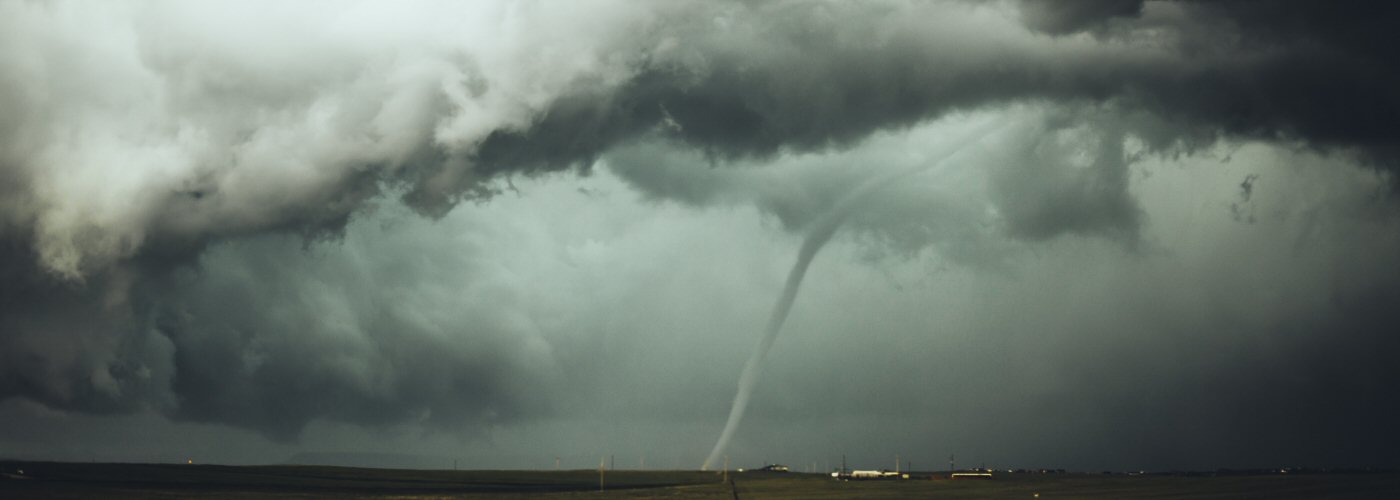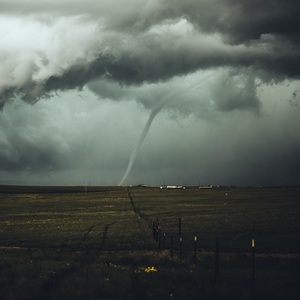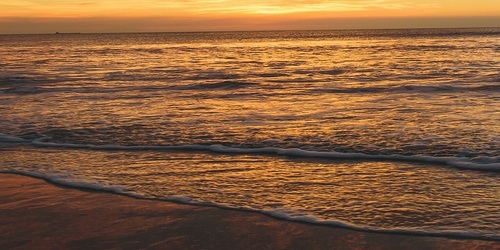

A tornado is defined as a violently rotating column of air that extends down from a thunderstorm and reaches the ground. Tornadoes can evolve in different ways depending on what type of storm in which they are born. The two main varieties of tornadoes are supercell tornadoes and non-supercell tornadoes.
Supercell tornadoes are the type of tornado with which folks in the central and northern Plains states are most familiar. They form out of a type of thunderstorm known as a supercell. Supercells are the most powerful and long-lived type of thunderstorm that occurs in nature. What separates a supercell from a common thunderstorm cell is the fact that the updraft in a supercell rotates. The rotating updraft is known as a mesoscyclone. As the storm matures, the intense updraft and downdraft of the storm work in concert to create a horizontally rotating column of air that can then become tilted vertically to become a tornado. Supercells spawn the most powerful tornadoes on Earth.
Thunderstorms that have an updraft that is not rotating are known as non-supercells. The reason these types of storms don’t rotate is because of an insufficient change in wind speed and direction with height. This quantity is known as wind shear, and a significant change in wind speed and direction from the surface to around 20,000 feet aloft is vital to the development of a supercell. However, non-supercells can still spawn tornadoes due to sufficient low-level shear beneath a developing storm. Strong low-level shear is often present in the vicinity of a surface front. When the wind changes direction and speed quickly from the surface to around 5,000 feet aloft, a spinning column of air develops near the surface. When a thunderstorm develops in this environment, the updraft of the storm can act to stretch the rotating column of air horizontally. This results in a narrow rope like tornado that is called a landspout. Landspouts occur during the formation of a thunderstorm and are almost always weaker than supercell tornadoes. Waterspouts are very similar to landspouts, except that they form over water.





